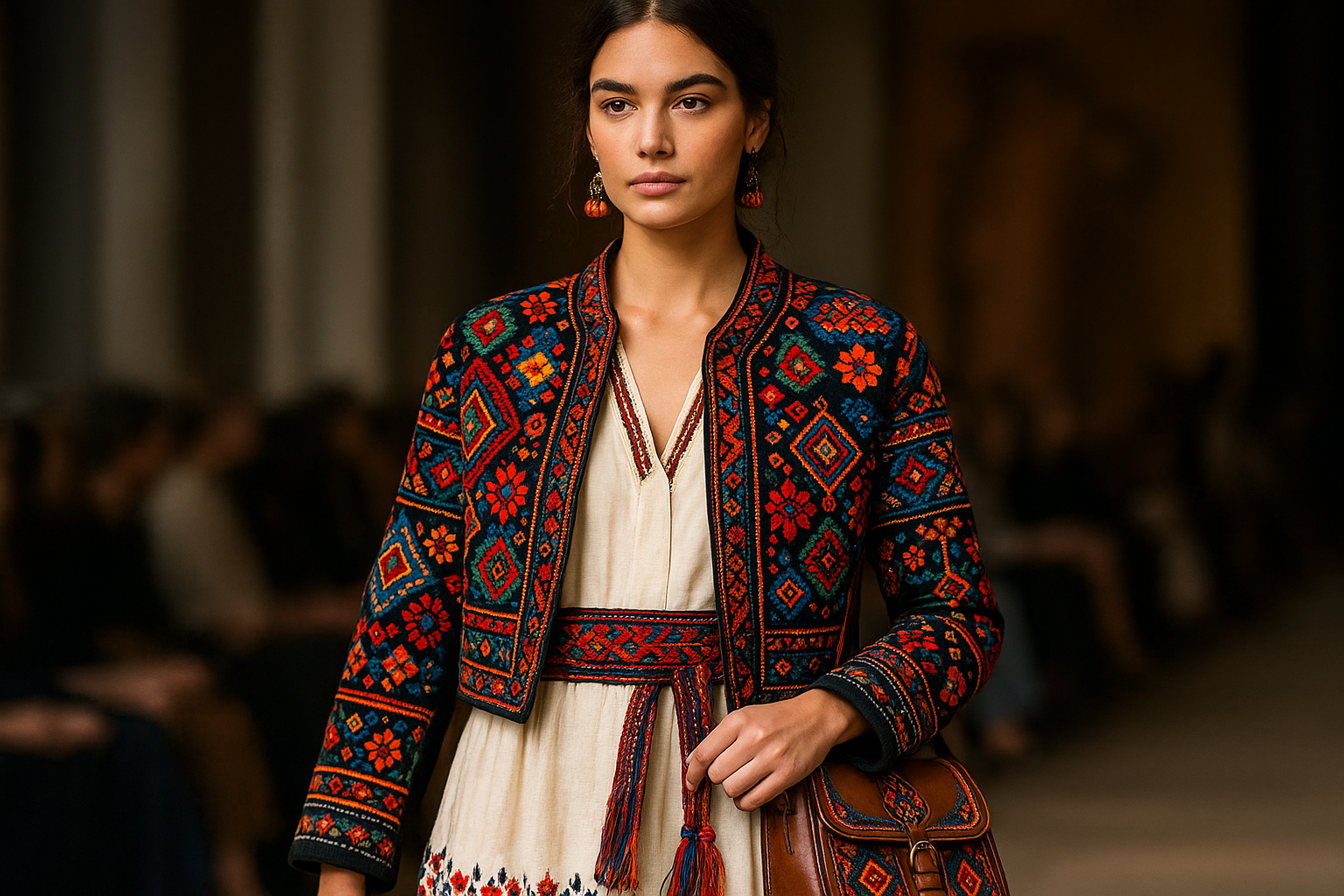Discover the Unique Charm: Indian Dresses That Captivate
Indian dresses have long been admired for their vibrant colors, intricate designs, and rich cultural significance. These garments embody centuries of tradition while continuously evolving to embrace modern sensibilities. From the elegant drape of a saree to the comfortable fit of a salwar kameez, Indian dresses offer a diverse array of styles that captivate fashion enthusiasts worldwide. This article explores the enduring appeal of Indian dresses, their evolution, and their place in contemporary fashion.

What Makes Traditional Indian Dresses Timeless?
The magic of tradition in Indian dresses lies in their ability to transcend time and trends. Sarees, for instance, have been worn for thousands of years and continue to be a staple in Indian wardrobes. The versatility of a saree allows it to be draped in numerous styles, each with its own regional or cultural significance. Another timeless piece is the lehenga, a three-part ensemble consisting of a long skirt, a blouse, and a shawl or dupatta. These garments are often adorned with intricate embroidery, beadwork, or mirror work, showcasing the skill of Indian artisans passed down through generations.
Traditional Indian dresses are not just about aesthetics; they also reflect the country’s diverse climate and geography. For example, lightweight cotton saris are perfect for the hot and humid regions, while heavier silk and brocade fabrics are favored in cooler areas. This adaptability, combined with the rich symbolism and craftsmanship, contributes to the enduring charm of traditional Indian attire.
How Are Contemporary Indian Dresses Innovating in Style?
While traditional designs remain popular, contemporary Indian dresses are pushing boundaries and redefining fashion norms. Designers are experimenting with fusion styles that blend Indian and Western elements, creating unique pieces that appeal to a global audience. Indo-western gowns, for instance, combine the silhouette of a Western evening dress with Indian embellishments and fabrics.
Innovation is also seen in the adaptation of traditional garments. Modern sarees often feature pre-stitched pleats or unconventional draping styles, making them more accessible to those unfamiliar with traditional techniques. Anarkali suits, inspired by the flared dresses of the Mughal era, have been reimagined with contemporary cuts and patterns. These innovations allow Indian dresses to remain relevant and desirable in today’s fast-paced fashion world.
What Is the Indian Fashion Philosophy on Sustainability and Craftsmanship?
Indian fashion has long embraced principles of sustainability and craftsmanship, which are now gaining global recognition. Many Indian designers are reviving ancient textile traditions and working directly with artisans to preserve their skills. Hand-woven fabrics like khadi, which gained prominence during India’s independence movement, are being rediscovered for their eco-friendly production and versatility.
The philosophy of sustainability in Indian fashion extends to the use of natural dyes, upcycling of vintage textiles, and zero-waste pattern cutting techniques. Craftsmanship is celebrated through intricate embroideries like zardozi, chikankari, and kantha work, which not only add beauty to the garments but also support local artisan communities. This focus on sustainable practices and artisanal skills sets Indian fashion apart in an industry increasingly concerned with ethical production.
How Do Indian Dresses Function as Statement Pieces?
Indian dresses often serve as powerful statement pieces, allowing wearers to express their personality and cultural pride. A heavily embroidered lehenga or a silk brocade saree can become the centerpiece of an outfit, requiring minimal accessories to create a stunning look. The bold colors and patterns typical of Indian dresses make them stand out in any setting, from formal events to casual gatherings.
Moreover, Indian dresses can be a form of storytelling. Many garments feature motifs and patterns that have specific meanings or are associated with particular regions or traditions. Wearing such pieces allows individuals to connect with their heritage or showcase their appreciation for Indian culture. In a global context, Indian dresses as statement pieces contribute to the diversity of fashion and challenge Western-centric style norms.
Where Can One Find the Perfect Indian Dress?
Finding the perfect Indian dress has become easier with the growth of e-commerce and the global reach of Indian fashion. Traditional markets and boutiques in India remain excellent sources for authentic, handcrafted garments. Cities like Delhi, Mumbai, and Jaipur are known for their textile markets and designer stores specializing in Indian wear.
For those outside India, numerous online platforms offer a wide range of Indian dresses. These websites often provide detailed information about fabrics, regional styles, and care instructions, making it easier for customers to make informed choices. Additionally, many international designers now incorporate Indian-inspired elements into their collections, making it possible to find fusion pieces in mainstream fashion outlets.
When shopping for Indian dresses, it’s important to consider factors such as the occasion, climate, and personal style preferences. Whether opting for a traditional saree or a modern Indo-western outfit, the key is to choose a piece that resonates with one’s individual taste while appreciating the rich cultural heritage it represents.
Indian dresses continue to captivate fashion enthusiasts around the world with their unique charm. From the timeless elegance of traditional garments to the innovative designs of contemporary fashion, these dresses offer a blend of beauty, cultural significance, and versatility. As the global fashion industry increasingly embraces diversity and sustainability, Indian dresses stand out as exemplars of these values, ensuring their enduring appeal for generations to come.




